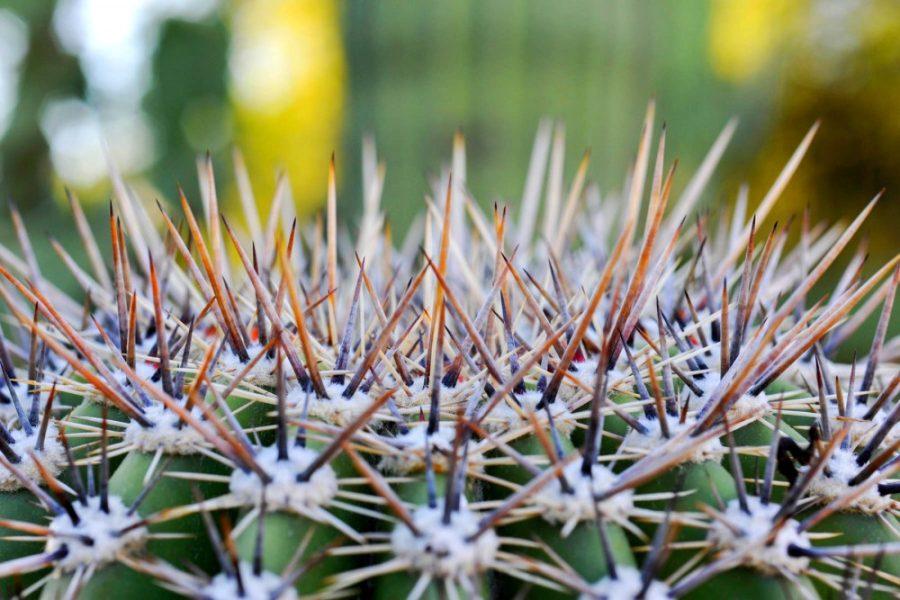When people think of Arizona, they think of desert—a dry, lifeless wasteland of a desert. This could not be farther from the truth.
The Sonoran Desert is in reality a thriving life source, bountiful with different sorts of plant and animal life.
“The plant life in Tucson is amazing because of its diversity,” said marketing senior Cameron Greene. “The plant life comes in all different shapes and sizes.”
Greene went on to say that the cacti, specifically in Tucson, are some of the most interesting living creatures in the world.
A magnificent thing about Tucson is that it is home to the nation’s largest cactus, the Saguaro. The massive cactus remains one of the universal symbols of the American west.
About 30 minutes away from the UA resides Saguaro National Park, which provides these breath-taking cacti for visitors and hikers alike to come and see.
“Saguaro cacti here are awesome because Tucson is really one of the only places left in the world to see them,” said pre-business junior Brad Friedman.
Saguaros can often grow to be over 70 feet tall and, while they are not only native to Arizona, the Saguaro blossom remains the state of Arizona’s recognized wildflower.
“The plant life in Arizona adds to [Tucson’s] cool aesthetics and brightens up the architecture around Tucson,” Friedman said.
Cacti are ultimately what describes Tucson in a nutshell. They are beautiful, dangerous and love the heat.
“The plant life in Tucson is unlike all other places in the world because it is full of amazing different sorts of cacti,” said pre-computer science junior Sam Flynn.
Some other common Tucson cacti include the fishhook barrel, the golden barrel and Palmer’s Agave, which can all be found in the UA’s Krutch Garden located in front of Old Main.
“Cacti are such a beautiful part of the desert and especially the UA,” Greene said. “They bring green to the environment, all while highlighting Tucson’s natural beauty.”
The cactus garden at the UA is home to over 600 different plant species.
The Sonoran Desert can definitely seem harsh at times, but when people really look at the magnificence behind its cacti, it is incredibly thrilling.
These native plants have adapted to an extremely hot environment with very little water. On top of that, these cacti thrive in this environment and often bloom.
The phrase “bloom where you are planted” takes on a whole new meaning when it comes to different sorts of cacti here in Tucson.
“What makes cacti so special is its ability to survive in such harsh and dry conditions,” Greene said. “Some of the cacti here are so fine-tuned to the environment that they can only be found here in southern Arizona, such as the Saguaro.”
“Cacti are extremely beautiful because each one of them has a lot of history, which makes them diverse and essential for Tucson,” Flynn said.
While people may think that Tucson is nothing more than just a desert wasteland, the abundance of different sorts of cacti help keep the Sonoran Desert thriving with life and beauty.
Follow Sarah Briggs on Twitter.









